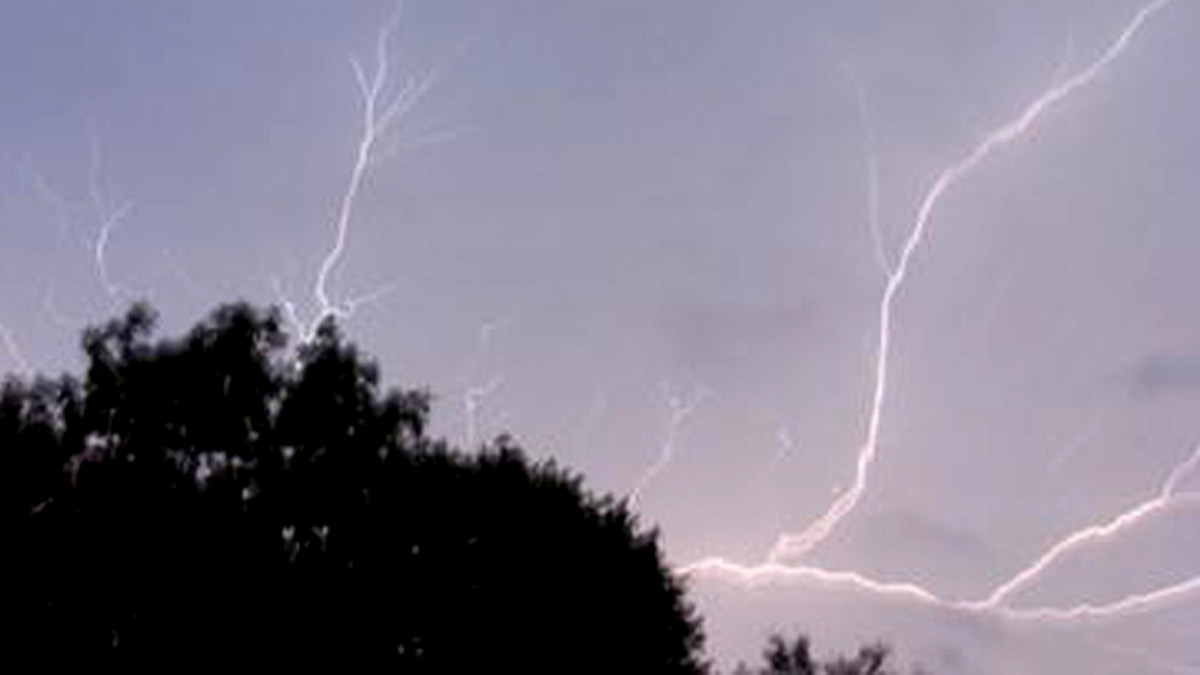A decade after it was first detected in the United States, the invasive spotted lanternfly has now been detected and identified in Illinois for the first time.
While the bug doesn't pose any health threat to humans or animals, the spotted lanternfly is known to feed on several tree species and grapes, presenting a concern to local ecosystems.
According to officials, the state's agriculture department was alerted to the potential presence of the nuisance pest on Sept. 16, and coordinated a site visit near the sighting two days later.
Following the collection of specimens at the site, results that were returned Tuesday confirmed the presence of the spotted lanternfly.
The spotted lanternfly is native to eastern Asia and was first found in the U.S. in southeastern Pennsylvania in 2014.
Since then, presence of the species has continued to spread throughout the eastern and southeastern U.S., more recently making its way into the Midwest as well.
Identifications of the spotted lanternfly have been recorded in Indiana, Michigan and Ohio in recent years.
Local
Spencer Campbell, plant program coordinator with the Morton Arboretum, said the spotted lanternfly has gained enough prevalence in some northeastern states to impact local agricultural communities.
"If they do become larger, what can happen is they're aggregators, they congregate together and when they all get together, they eat a lot. And when you eat a lot, unfortunately, you defecate a lot too. So that honeydew is what we call it, that honeydew can leave a lasting impact if you're walking trails, if you're trying to enjoy a picnic that can live. Limit your ability to recreate," Campbell told NBC Chicago.
Feeling out of the loop? We'll catch you up on the Chicago news you need to know. Sign up for the weekly Chicago Catch-Up newsletter here.
The spotted lanternfly feeds on a wide variety of plants, with a particular affinity for the invasive tree of heaven, maple trees and grapes. Officials say these plants should be monitored for any spotted lanternfly activity.
The fly is known to move easily on wood surfaces and vehicles, making the pest very difficult to contain.
Anyone who believes they may have seen a spotted lanternfly is asked to take pictures and contact lanternfly@illinois.edu to report the sighting.
Campbell added that after reporting the sighting to agriculture officials, those that come into contact with the spotted lanternfly should kill it.
"Stamp it is what we're going with right now. We're still locating the languages, but forcefully step and squash it," Campbell said.
Agriculture officials offer the following advice to help contain the spread of the spotted lanternfly in the U.S.:
- Report sightings - If you see SLF or suspect it, report it to lanternfly@illinois.edu. A fact sheet, including photos, is available through the University of Illinois Extension.
- Remove and destroy pests – crush nymphs and adults, scrape egg masses into a container with hand sanitizer or rubbing alcohol to kill them. Remember to take photos first, and report this!
- Check your vehicles, boat, camper, outdoor articles, etc. - Before leaving an area, do a quick inspection for any life stages. Destroy any eggs or insects found.
- Keep your eyes open and spread the word (not the pest) – We need the public’s help to look for and report this pest, and to also strengthen the outreach about it. It will likely impact everyone in Illinois one way or another, so the more awareness we have the better.



